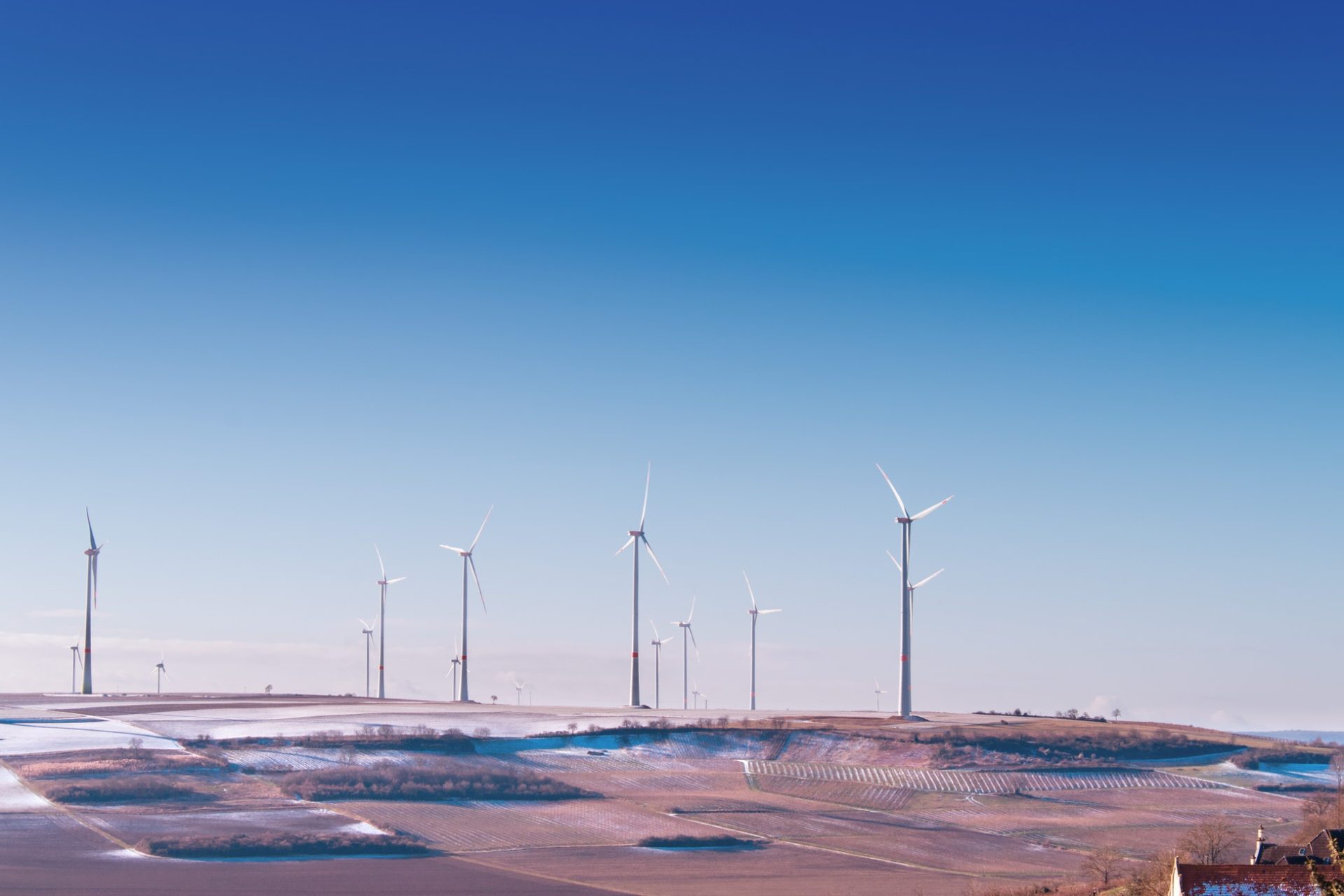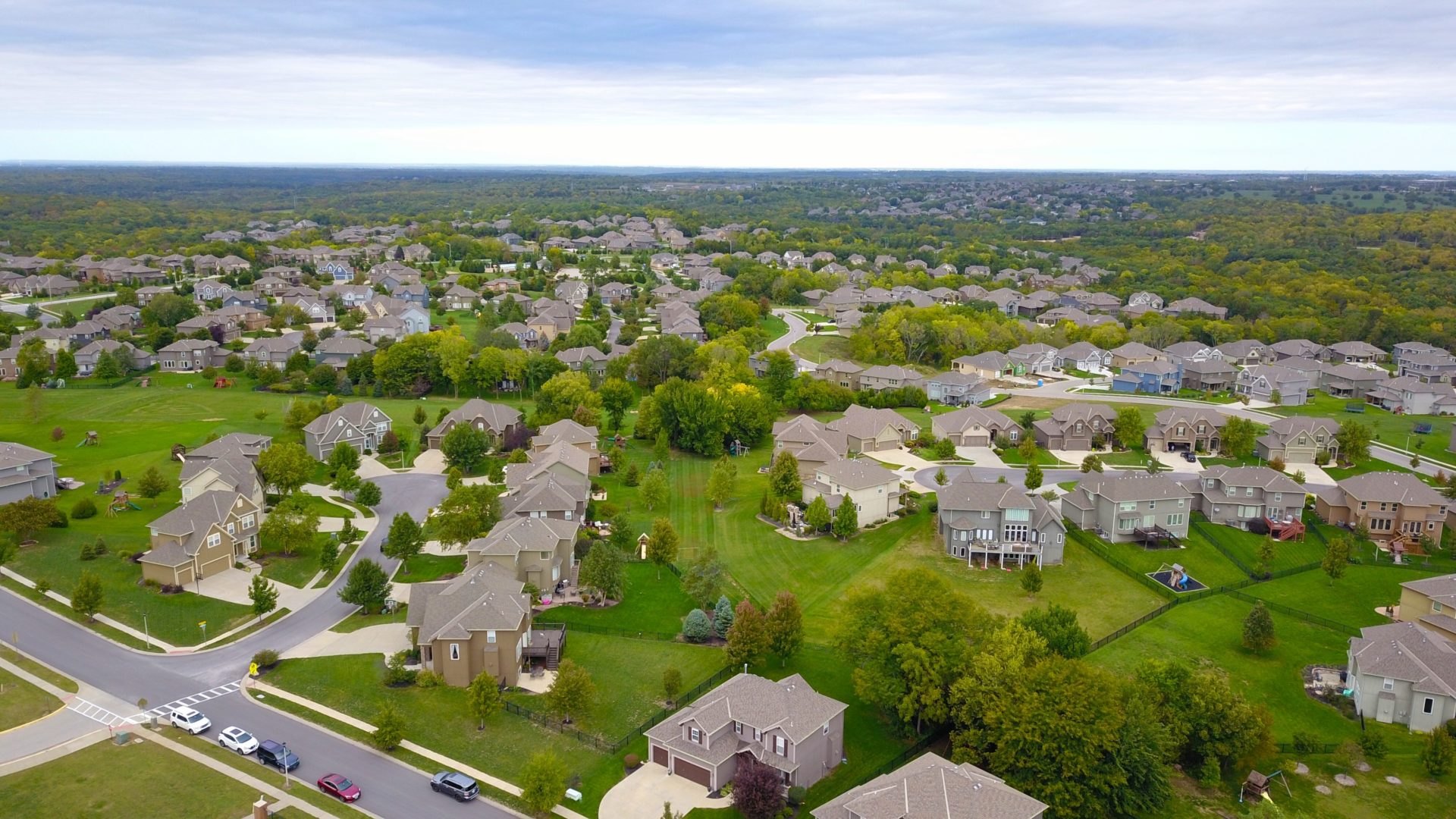About
Project Overview
Renaissance project is an Innovation Action (IA) which aim is to deliver a community-driven scalable and replicable approach, to implement new business models and technologies supporting clean production and shared distribution of energy in local communities.
In the first phase the Consortium collected data to identify stable and equitable business cases in four Local Energy Communities (LEC) across Europe, thank to MAMCA analysis.
The resulting scenarios supported the co-design of the ReEnergise tool, which helped identifying the optimal configuration for an integrated and decarbonised Local Energy Systems (LES). The tool has been tested in each Pilot Site and followed by a financial viability assessment.
An innovative platform for integrated management and value delivery across all actors will be implemented and interoperability realised.
As a consequence, the energy communities of prosumers at demonstrator sites will be fully connected and the use of RES will likely increase beyond 27% .
In this last phase, the RENAISSANCE approach has been simulated under market conditions connecting 10 sites across the globe, to demonstrate its scalability and replicability.
Renaissance project supports the shift from technology-driven approaches
to consumer-driven approaches, fostering the activation of communities.
Context
Energy is mainly generated outside the community where it is consumed. This layout is a consequence of a distribution grid designed and built for centralised production in large power plants: energy is transported to the consumer placed kilometres far from the production site. Such a grid results as both contributing significantly to GHG emissions, as well as being inherently inefficient and costly in energy transmission and distribution.
These LECs could allow for energy trading within and among communities, increasing the amount of locally produced energy and the share of renewable energy in the whole picture. While underlying technology solutions for LESs have already been mostly developed, and new business models emerge – especially where legislative changes enable it – there is a lack of consumer-centric solutions.

Challenge
Many models have already been developed to integrate distributed energy resources in the grid, such as virtual power plants, community groups, energy hubs and others. However, these integration approaches mostly focus on technical aspects. To date, LEC approaches have failed to deliver the combination of value generation and high degrees of RES integration as models focused on self-reliance, resiliency, or aggregation services. The limited momentum for solution uptake can mainly be attributed to missing active engagement from local communities as well as existing regulatory barriers.
Local consumers want low-cost, hassle-free energy at their disposal: the key challenge and ambition of RENAISSANCE is to cross the chasm from early adopters to early majority.

Concept
The RENAISSANCE project will develop a comprehensive benchmarking model, to significantly improve the uptake of local integrated energy grids and likely reduce consumer prices at least by 10%-15%.
Thanks to the Local Levelised Cost of Energy LLCOE indicator, comparison of smart grids with current centralised energy systems becomes possible. This approach is expected to help create market opportunities driven by economic value, increased community engagement and compliance with public policies.
The combination of novel micro-grid design and management tools with existing energy generation and storage technologies, will allow the identification of business cases and subsequent operational solutions which maximise value capturing and energy delivery for end-users.

Objectives
To deliver a proven community-driven approach which is scalable and replicable globally, RENAISSANCE:
- brings to the market a set of tools that allow identifying business cases for clean integrated systems in any local environment
- allows dynamic mapping of energy vectors and associated financial values
- identifies new business models to activate a critical mass of local stakeholders
